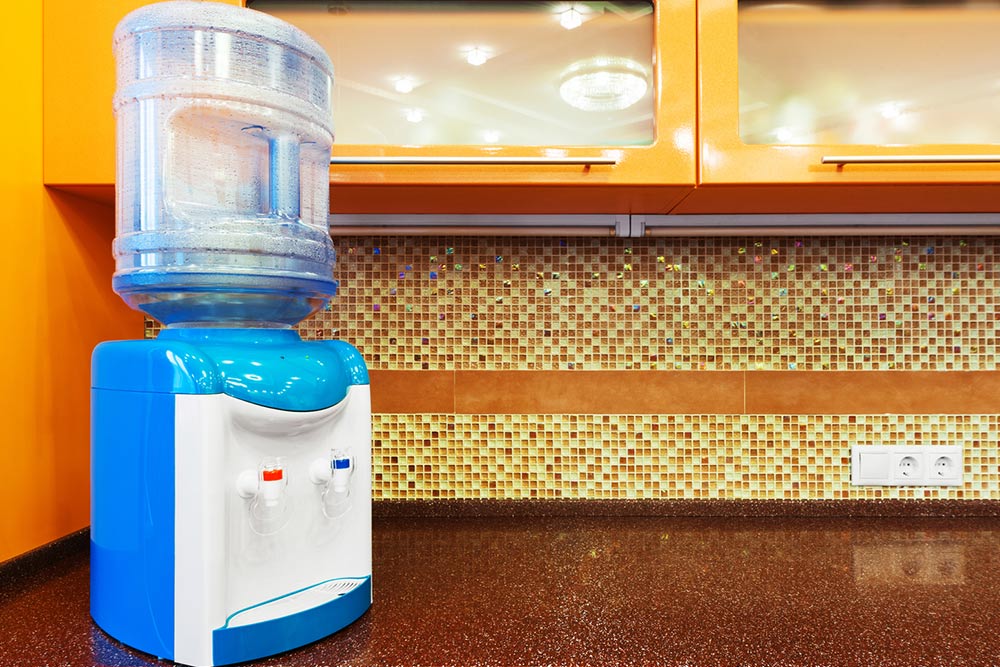10 benefits of using water coolers

If an individual is looking for a simple and practical solution to pure and safe drinking water, they should consider purchasing a water cooler. It’s also one of the most common appliances at workplaces, providing employees with a convenient way to stay hydrated. Although buying a water cooler may be a major investment for many, here are 10 benefits that can assure an individual that buying it is a good decision.
Pure and safe drinking water
A tap in the kitchen might not offer pure water without additives, which is why it is important to have a water cooler. It could give one access to fresh water that is naturally alkaline and also free of pollutants. In addition to being a healthy choice, the water may taste great. Moreover, water coolers are usually equipped with filters that eliminate impurities and contaminants, which could reduce the risk of water-borne diseases. This fact may be crucial for people with a weakened immune system. Apart from this, one could also try other types of water varieties, such as reverse osmosis water or distilled water.
Positive influence on health
The most important benefit of a water cooler is that it positively impacts one’s health. When one finishes a bottle of packaged drinking water, one may not go out of the way to get more water immediately, especially because of factors such as having to pay for it or because it is time-consuming. But with a water dispenser, one has more access to safe drinking water, which makes them more likely to drink lots of it. Drinking plenty of water helps stay hydrated, which is crucial for immunity and health.
Improved skin quality
Many professionals may recommend installing a water cooler to improve one’s well-being. This is because, apart from boosting immunity and overall health, hydration plays an important and positive role in skin health. Drinking sufficient water flushes out harmful properties from the body, making the skin more vibrant and reducing dryness or itchiness. So, by installing a water cooler, one can increase one’s daily water intake, which will ensure that their body, including the skin, will benefit from hydration.
Multiple designs
Water coolers are available in various sizes and shapes. The appliances are also crafted in different materials, including stainless steel or other colorful choices. So, one could pick the type that best suits their needs and aesthetic design. For instance, a smaller home could benefit from using a compact water cooler, while a larger space may require an option with a larger refillable bottle capacity.
Convenient option
A water cooler comes with a range of features that make it convenient. Whether at home or the workplace, one can fill a glass or bottle of water in a few seconds. Even children can fill their cups at home without parental assistance. The spouts of a water cooler are not as high as a kitchen faucet or the fridge dispenser, which enables them to reach the appliance with ease. And given that it is a water cooler, it can provide chilled drinking water at the ready. Some water dispensers include a hot water feature as well.
Free of plumbing
The installation process of a water cooler is pretty straightforward. An individual does not have to hire a plumber or incur plumbing expenses to install one. Moreover, the exclusion means that one could avoid the risk of exposing themselves to potential contaminants present in their home plumbing system.
Portability
Homeowners or businesses that invest in a water cooler will benefit from the ease of portability. If one needs to move the appliance from one space to another, they can do so themselves. As mentioned above, the installation process is pretty simple and can be done without much assistance. All one needs to do to get the water cooler to work is plug it into a power outlet.
Serves a large number of people
A water dispenser is one of the handiest appliances, especially when one has guests over. If they ask for water, one does not have to boil or cool it before offering it to them. One could simply dispense it from the relevant hot or cold knobs and serve it to the guests. In addition, the dispenser ensures that water is clean, safe, and healthy for the guests to drink.
Easy to make instant tea or coffee
A water dispenser with a hot water tap could make it convenient for one to make instant tea or coffee. Rather than boiling water in a kettle, one could get clean hot/boiled water from the dispenser in a matter of seconds. Using a water dispenser for hot water will ultimately help save time and energy when one is in a rush, such as when one needs to get to work.
Environment friendly
One of the primary benefits of using a water cooler is that it is environmentally friendly. It reduces the need for disposable plastic water bottles. To put things into perspective, each 18L bottle could replace over 30 individual plastic bottles in a single filling. Therefore, those who pick a cooler to refill the reusable bottle could cut down on hundreds of plastic bottle wastage in a year.





